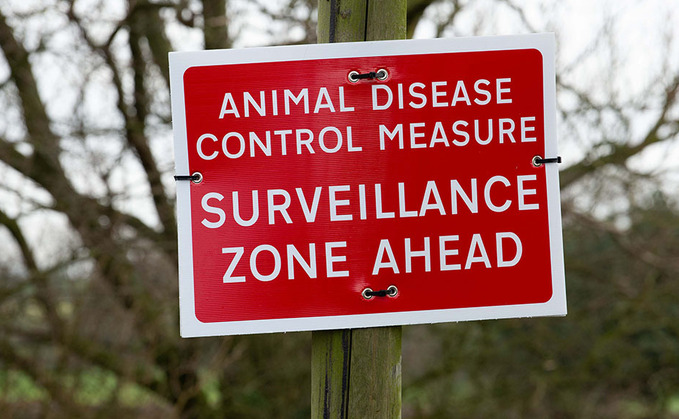
There are steps that need to be taken if avian influenza (AI) is suspected, and also following confirmation that the virus is present. Farmers Guardian takes a look at what these steps are. Poultry...

There are steps that need to be taken if avian influenza (AI) is suspected, and also following confirmation that the virus is present. Farmers Guardian takes a look at what these steps are. Poultry...